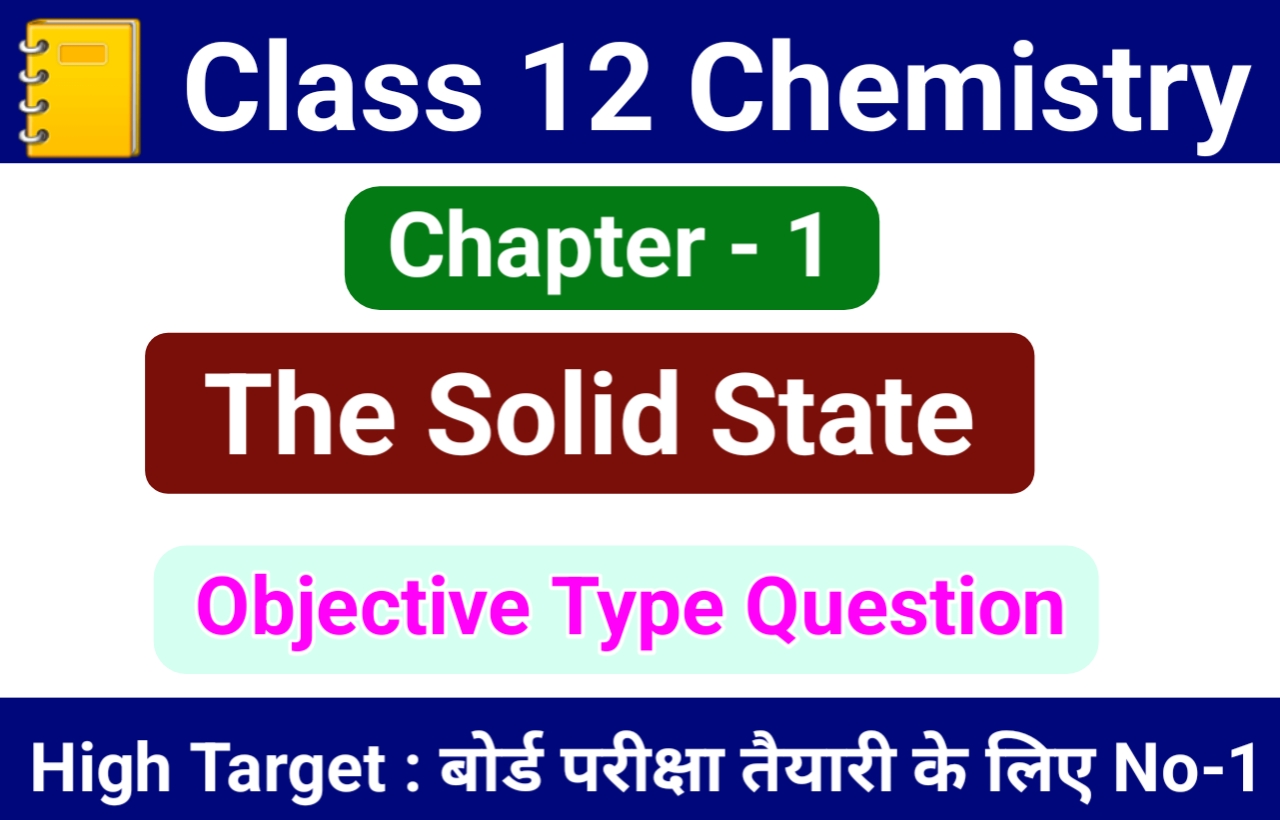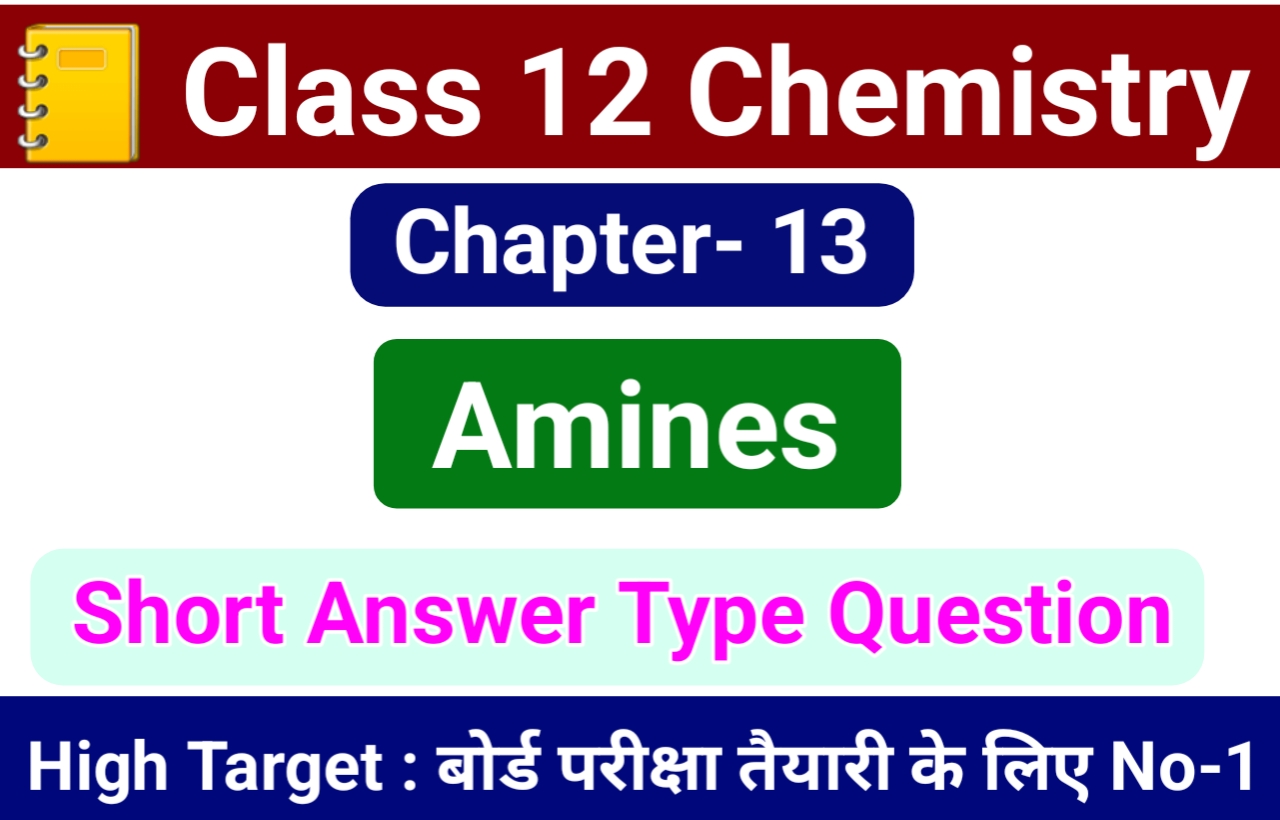
1. SOLID STATE Objective
1. SOLID STATE
1. Which one of the following is non-crystalline or amorphous ?
(A) Diamond
(B) Graphite
(C) Glass
(D) Common Salt
2. NaCl typecrystal (with coordination no. 6:6) can be converted into CsCl type crystal (with coordination no. 8:8) by applying
(A) high temperature
(B) high pressure
(C) high temperature and high pressure
(D) low temperature and low pressure
3. How many chloride ions are surrounding sodium ion in sodium chloride crystal ?
(A) 4
(B) 8
(C) 6
(D) 12
4. In NaCl structure
(A) all octahedral and tetrahedral sites are occupied
(B) only octahedral sites are occupied
(C) only tetrahedral sites are occupied
(D) neither octahedral nor tetrahedral sites are occupied
5. Alkali halids do not show Frenkel defect because
(A) cations and anions have almost equal size
(B) there is a large difference in size of cations and anions
(C) cations and anions have low coordination number
(D) anions cannot be accommodated in voids
6. The edge length of fcc cell is 508 pm. If radius of cation is 110 pm, the radius of anion is
(A) 110 pm
(B) 220 pm
(C) 285 pm
(D) 144 pm
7. The distance between Na+ and Cl ions in Naci with a density 2.165 g cm⁻³ is
(A) 564 pm
(B) 282 pm
(C) 234 pm
(D) 538 pm
8. Which of the following crystals does not exhibit Frenkel defect ?
(A) AgBr
(B) AgCl
(C) KBr
(D) ZnS
9. What type of stoichiometric defect is she by Zns ?
(A) Schottky defect
(B) Frenkel defect
(C) Both Frenkel and Schottky defects
(D) Non-stoichiometric defect
10. Which of the following will have metai deficiency defect ?
(A) NaCl
(B) FeO
(C) KCl
(D) Zno
11. In which pair most efficient packing is presenta ?
(A) hcp and bcc
(B) hop and ccp
(C) bcc and ccp
(D) bcc and simple cubic cell
12. In a Schottky defect
(A) an ion moves to interstitial position between the lattice points
(B) electrons are trapped in a lattice site
(C) some lattice sites are vacant
(D) some extra cations are present in interstitial space
13. To get n-type of semiconductor, germanium should be doped with
(A) gallium
(B) arsenic
(C) aluminium
(D) boron
14. p-type semiconductors are formed when Si or Ge are doped with
(A) group 14 elements
(B) group 15 elements
(C) group 13 elements
(D) group 18 elements
15. Which of the following is an amorphous solid ?
(A) Graphite (C)
(B) Quartz glass (SiO2)
(C) Chrome alum
(D) Silicon carbide (SiC)
16. Graphite is a good conductor of electricity due to the presence of
(A) lone pair of electrons
(B) free valence electrons
(C) cations
(D) anions
17. Graphite cannot be classified as
(A) conducting solid
(B) network solid
(C) covalent solid
(D) ionic solid
18. To get a n-type semiconductor from silicon, it should be doped with a substance with valence
(A) 2
(B) 1
(C) 3
(D) 5
19. The total number of tetrahedral voids in the face centred unit cell is
(A) 6
(B) 8
(C) 10
(D) 12
20. What is the co-ordination number of sodium in Na₂ O ?
(A) 6
(B) 4
(C) 8
(D) 2
21. The percentage of empty space in a body centred cubic arrangement is
(A) 74
(B) 68
(C) 32
(D) 26
22. What is the coordination number in a square close packed structure in two dimensions ?
(A) 2
(B) 3
(C) 4
(D) 6
23. Silicon doped with electron rich impurity forms
(A) p-type semiconductor
(B) n-type semiconductor
(C) intrinsic semiconductor
(D) insulator
24. The correct order of the packing efficiency in different types of unit cells is
(A) fcc < bcc < simple cubic
(B) fcc < bcc < simple cubic
(C) fcc < bcc < simple cubic
(D) bcc < fcc < simple cubic
25. The edge lengths of the unit cells in terms of the radius of spheres constituting fcc, bcc and simple cubic unit cell are respectively.

26. In fcc cubic cell, an atom at the face centre is shared by
(A) 6 unit cell
(B) 1 unit cell
(C) 2 unit cells
(D) 4 unit cell



